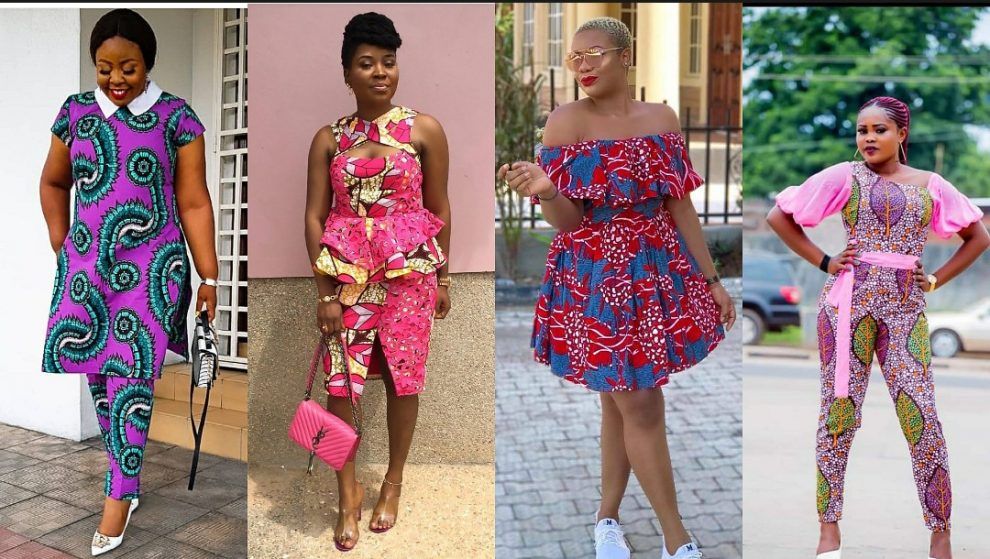Tight clothing enhances body confidence and self-image for many women.
Modern fashion emphasizes silhouette-focused, body-hugging designs.
Media and celebrity culture often normalize fitted attire.
Some tight clothing offers practical benefits like support and mobility.
Personal style and self-expression play a major role in clothing choices.
Understanding the Appeal of Tight Clothing Among Women
A Quick Recap of This Story
A Complex and Evolving Cultural Phenomenon
The decision by many women to wear tight-fitting clothing is not one-dimensional. It cannot be reduced merely to vanity or attention-seeking, as is often mischaracterized in casual conversation. Rather, it is an intersection of fashion, personal identity, functionality, and broader societal currents. From historical trends in women’s attire to the role of the media and self-perception, tight clothing plays a far more nuanced role in modern life than many initially assume.
1. Expression of Confidence and Personal Empowerment
For many women, choosing to wear tight clothing is deeply tied to self-confidence and a desire to feel empowered in their appearance. Clothing is one of the most immediate and visible forms of personal expression. Well-fitted outfits can accentuate features that women are proud of, allowing them to embrace their own bodies on their own terms.
In an age increasingly defined by discussions around self-love and authenticity, dressing in form-fitting attire is often a declaration of self-assurance rather than submission to external expectations.
Furthermore, as societal narratives continue to shift toward body positivity and acceptance of all body types, many women wear tight clothes to affirm that all bodies—regardless of size—deserve to be celebrated, visible, and stylish. It is no longer about fitting into a mold, but about reshaping the mold entirely.
2. Influence of Fashion Trends and Global Style Culture

Modern fashion heavily leans into body-conscious silhouettes. From designer runways in Paris and Milan to high-street fashion brands and social media influencers, tight clothing has become emblematic of contemporary style. Slim-cut jeans, bodycon dresses, pencil skirts, and athletic wear are not only popular—they are often regarded as staples in a modern wardrobe.
The fashion industry, through campaigns, models, and branding, has consistently promoted a sleek and tailored look. Women who are style-conscious and follow fashion updates often wear tight clothes not out of conformity, but because these garments align with current aesthetics. As with all trends, people gravitate towards what is celebrated in the fashion ecosystem.
3. Social Norms and Cultural Conformity
In many urban and cosmopolitan environments, tight clothing is often part of the social code. Whether in nightlife, corporate circles, or university settings, form-fitting attire can convey sophistication, professionalism, or trend-consciousness. Peer expectations, media representation, and celebrity influence can subtly reinforce the idea that tighter clothing is the ‘appropriate’ or attractive choice.
In such contexts, the decision to wear tight clothing can be both conscious and subconscious. It may reflect a desire to belong, to present oneself in a way that resonates with social norms, or to maintain parity with one’s peers in similar environments.
4. Functional Reasons and Utility-Based Design
Tight clothing isn’t always about appearance. In many cases, it serves very practical functions. In sports, dance, fitness, or any physically active profession, form-fitting attire is essential. Leggings, compression tops, and body-sculpting materials support movement and comfort while reducing the risk of accidents or wardrobe malfunction.

Even in professional spaces, tailored clothing—while snug—is designed to reflect neatness and structure. Fitted suits, dresses, or work blouses project competence and seriousness. These garments are often chosen for how they hold shape and complement body movement, rather than how they reveal form.
5. A Response to Gendered Expectations and Autonomy
There is also a more socio-political dimension to this choice. For centuries, women’s clothing has been policed—by patriarchal institutions, religious interpretations, and cultural expectations. In response, wearing tight clothing today can represent a reclamation of bodily autonomy and freedom of choice.
Rather than dressing to appease societal modesty codes, many women now dress to affirm their right to self-determine what is appropriate for themselves. It becomes not only about aesthetics but also about control—choosing to wear what makes one feel strong, attractive, and independent in a world that has often tried to dictate the opposite.
Conclusion
The widespread preference among many women for tight clothing is not merely a matter of style but a convergence of personal empowerment, cultural momentum, fashion influences, and practical needs. It is a reflection of a woman’s relationship with her body, her environment, and the evolving norms that shape modern identity. While opinions may differ on the matter, one truth remains consistent: what a woman chooses to wear is ultimately her decision, and the right to that choice deserves to be respected without superficial judgment or reductionist interpretations.

0 comments
Be the first one to comment, but before that...
Here are some best practices for writing comments: